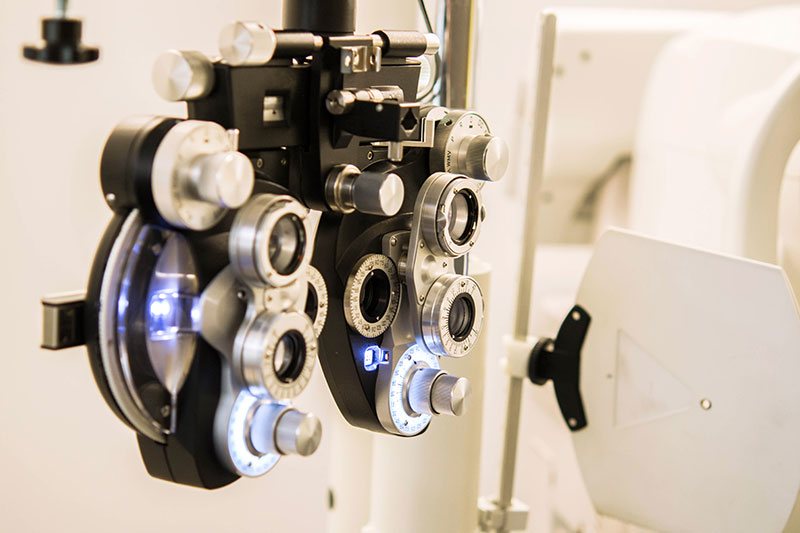Are you sure you want to perform this action?
-
Woman
Glasses for woman
-
Men
Glasses for men
-
Children
Glasses for children
- Brands
-
Optometric
Optometric





